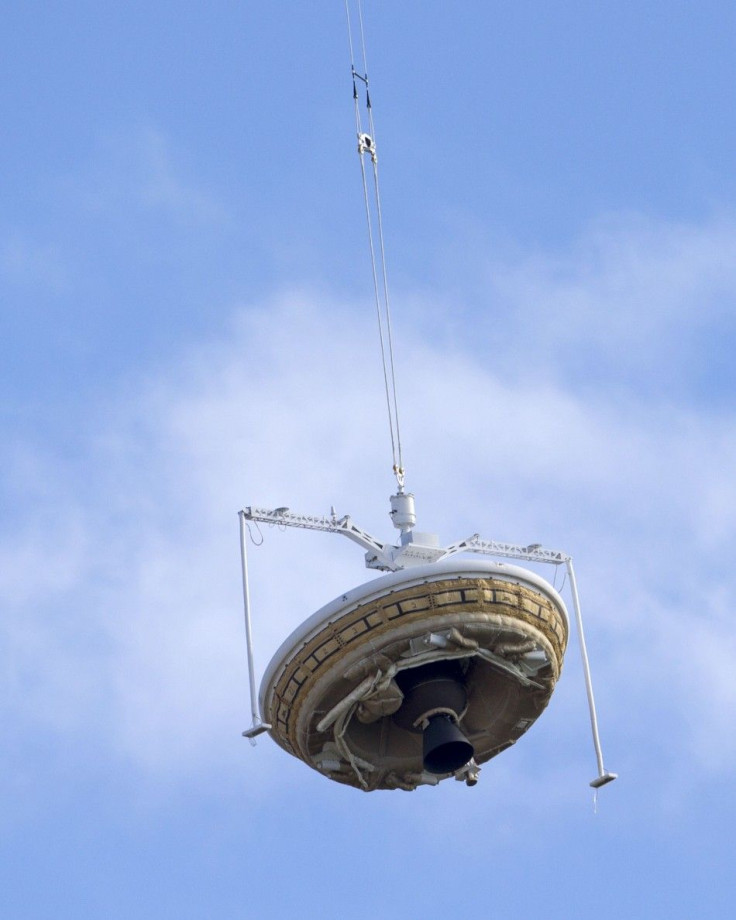Australian Scientist First Woman To Lead NASA's Search For Life In Mars

Geologist Abigail Allwood is the first Australian woman who will lead a National Aeronautics and Space Administration team that will be searching for life on Mars. She has criticised the government of Australia for their decision to cut down on the science budget by calling it "tragic and embarrassing."
For NASA's mission on the red planet in 2020, she was announced as one of the seven principal science investigators. The 41-year old will be a Mars mission's first female principal investigator.
Hailing from Brisbane and now living in Los Angeles, she said that she would like to pave the way for women to enter the field which was previously considered a man's domain.
Disappointed about the research funding cuts in Australia, the geologist said that she was sad to hear about it and that though the country has such a good education system, there is a virtual brick wall for scientists.
The government in their latest budget cut down $420 million dollars from organisations like the CSIRO, ANSTO, the Australian Research Council and the Co-operative Research Centres.
On August 1, NASA had announced the projects on its next Mars rover. The instruments will help find evidence of life and store samples that can be sent back to Earth in future journeys. The mission will also lead the way for future manned explorations.
Dr. Allwood's responsibility is an instrument called the Planetary Instrument X-ray Lithochemistry which will make use of X-rays to note the chemistry of the rock samples from the red planet to find proof of life.
She said that there are lots of types of traces that microbial life leave in the rocks and she believes that PIXL will be able to detect it. Since submitting their proposal six months ago, the Australian said that their journey has been a "bit of a rollercoaster".
The vehicle that will be used for the 2020 mission will be similar to the Curiosity rover of 2012 but the scientific kit will be different. It will carry a machine that can convert carbon dioxide to oxygen, two cameras and a weather station.




















